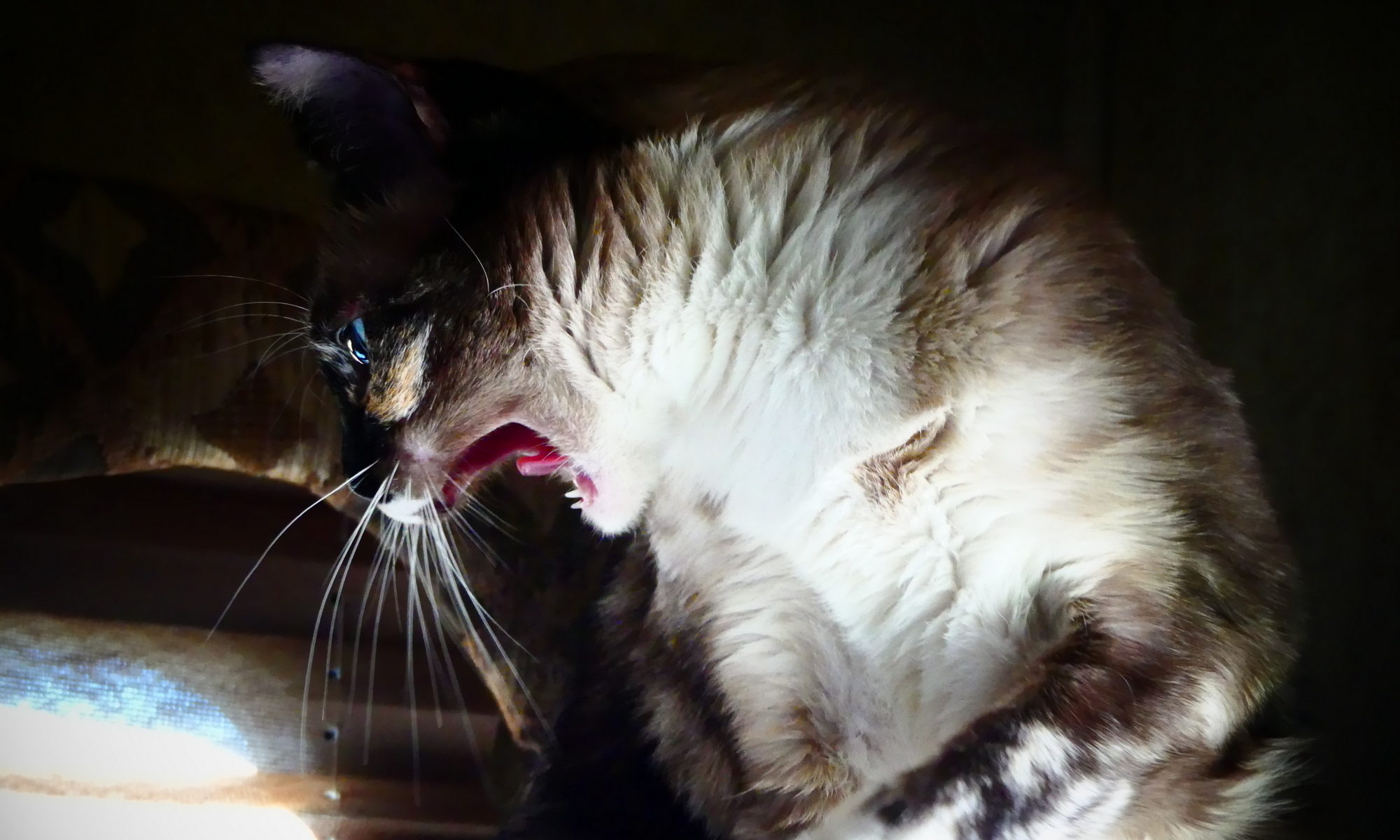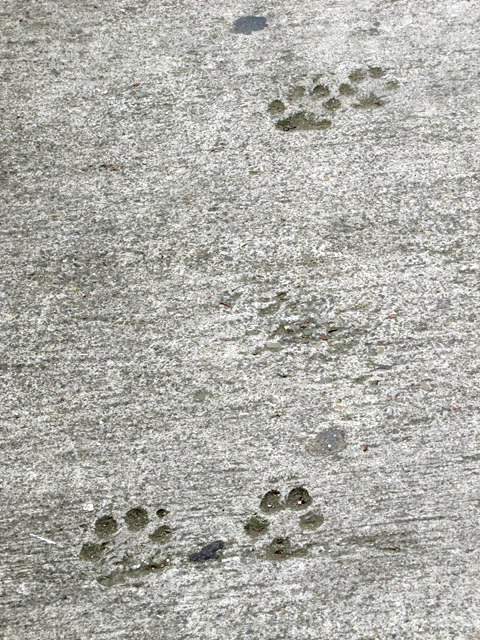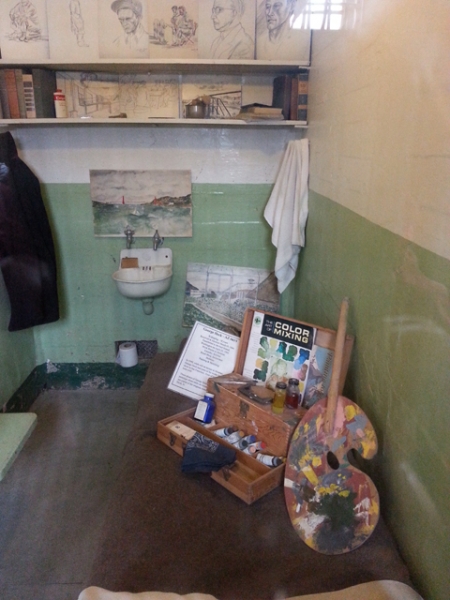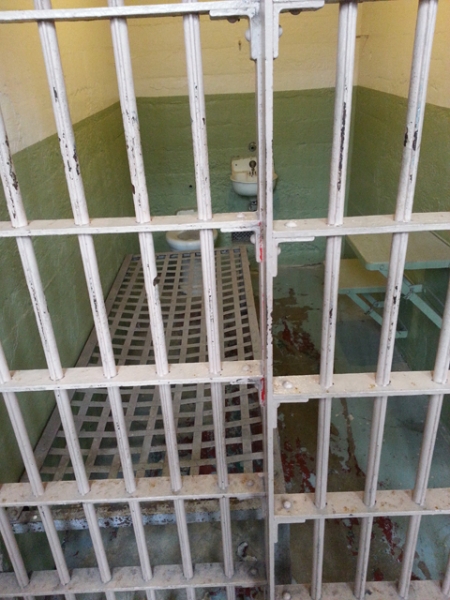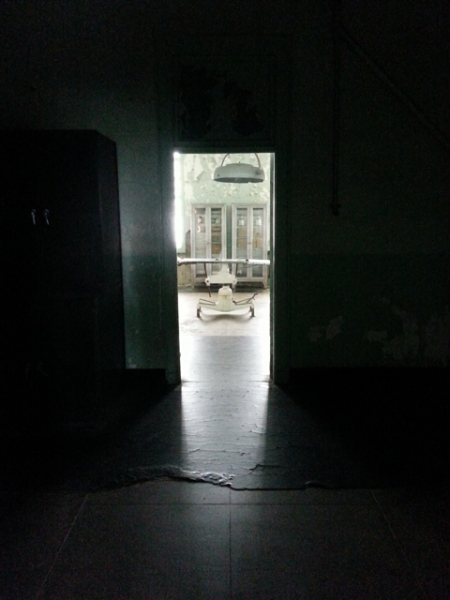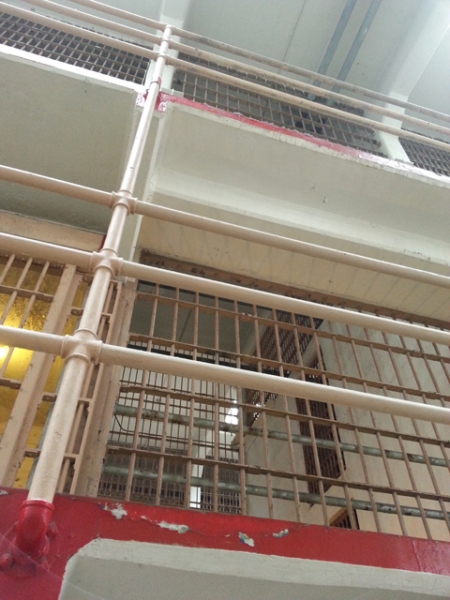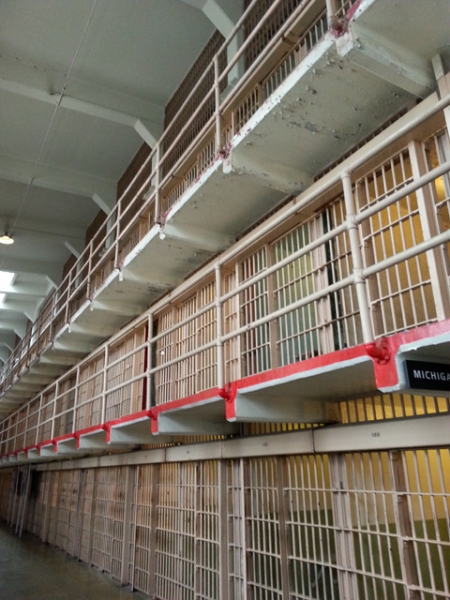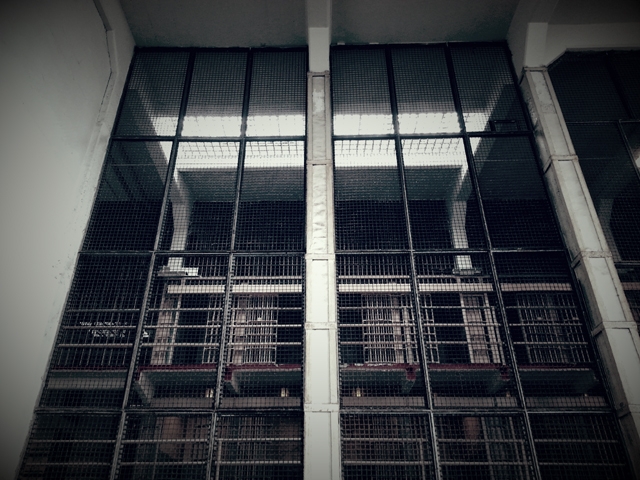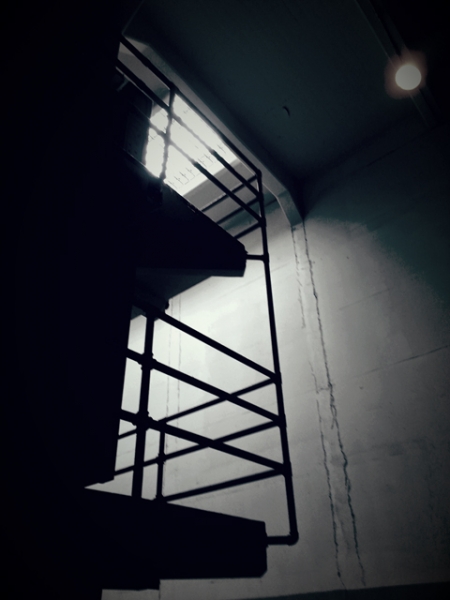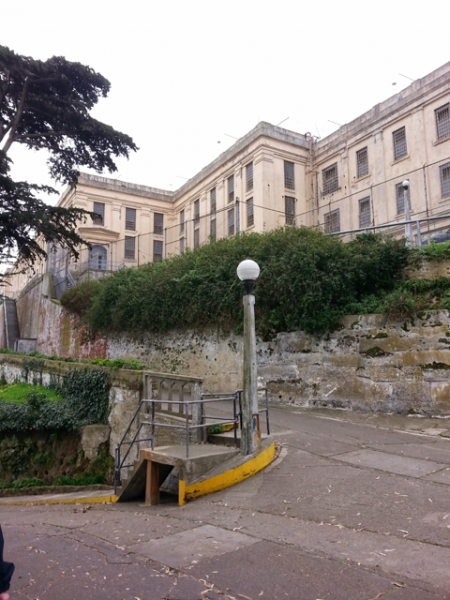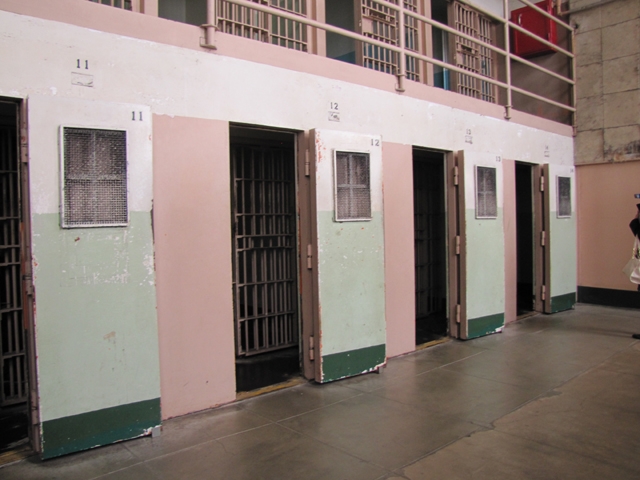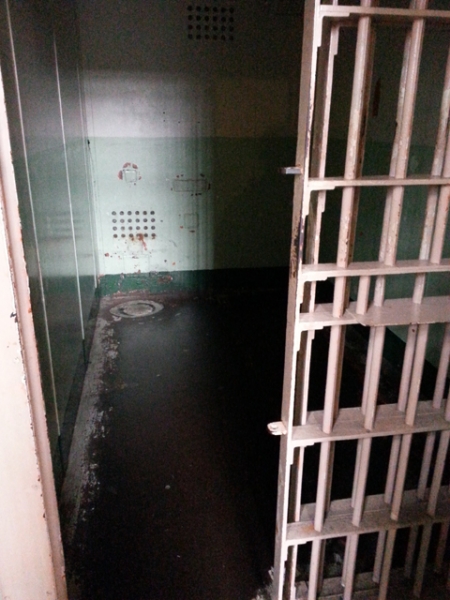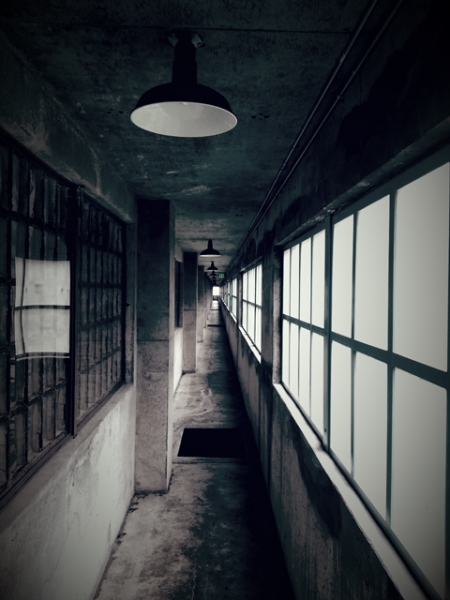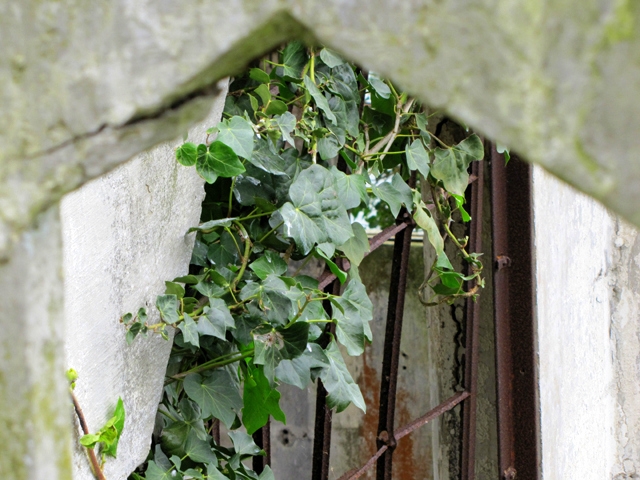One of the creepiest places I ever set foot in, other than Alcatraz, was an abandoned animal research facility on the Peninsula. Besides the stainless steel surfaces and sinks, the scarred tiles and dissection room drains, it was the smell which made some guys’ hair stand on their neck. Nowadays, the place is loaned to Bay Area police departments to practice room clearing with blank ammunition. As to Alcatraz itself, much of its creepiness has to do with the location I think, sitting as it does between San Francisco’s touristic waterfront and Angel Island State Park. The notion of keeping people in tiny concrete cages in the midst of paradise.
On a lighter note, one of the first things we discovered upon arrival was jellybeans.
Understandably, the parts of Alcatraz we were most interested in were closed off to the public, such as the old military parade grounds, taken over by migratory birds. From where we stood, however, we could only see and hear the ubiquitous Seagulls, permanent squatters in more and more places around the bay. Starting at the dock where visitors get dropped off, the ascent towards the main prison building is relatively steep, but worth walking, rather than riding up in the wagons shuttling people to and from.
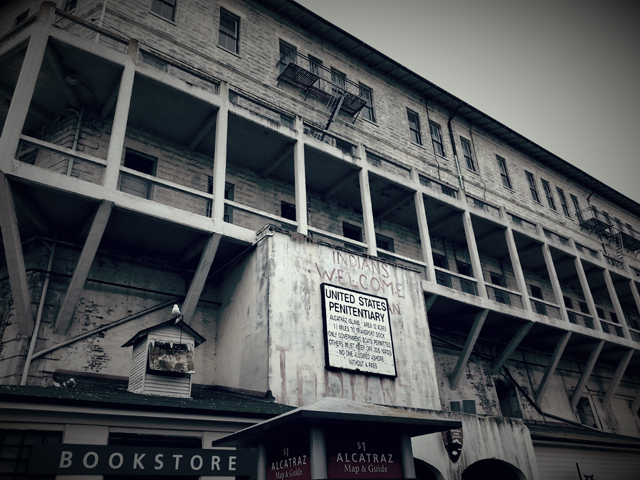
Provided you come on the earliest tour, before 9 am, walking enables you to take in sights more fully and take the occasional picture without getting photo bombed as the island gets pretty crowded with tourists before noon. Most buildings on Alcatraz share much of their visual appeal with other local examples of 19th century institutional architecture found at the Presidio, on Angel Island and Fort Point, to name a few.

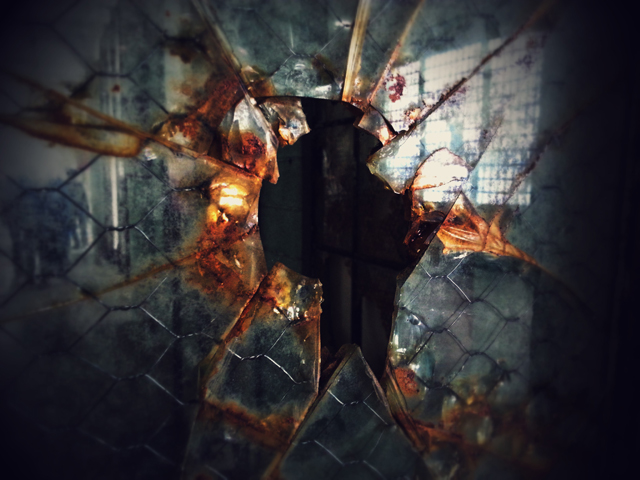
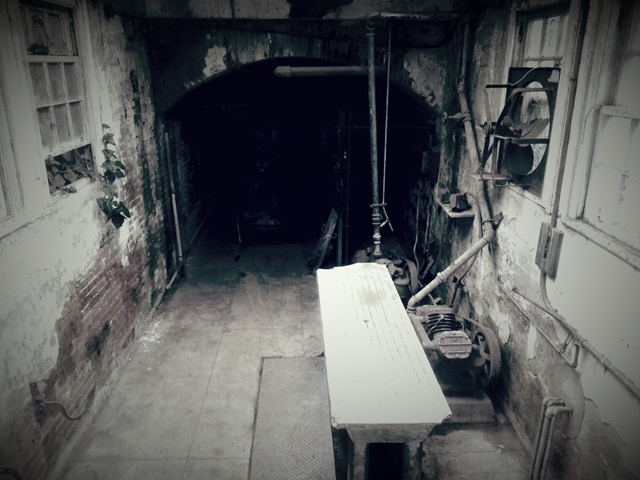
The prison’s buildings also appear more dilapidated, enhancing the haunted feeling many visitors feel. The warden’s house only retains four walls and the fireplace, for instance, but is positively cheerful, compared to the cell blocks, and especially the few cells dedicated to solitary confinement. The only time these cells were lit was when they were unoccupied.



There is currently an art exhibit offered for free on Alcatraz, by Chinese artist Ai Weiwei. Part of the exhibit is on display in the prison’s hospital which is usually closed to the public.
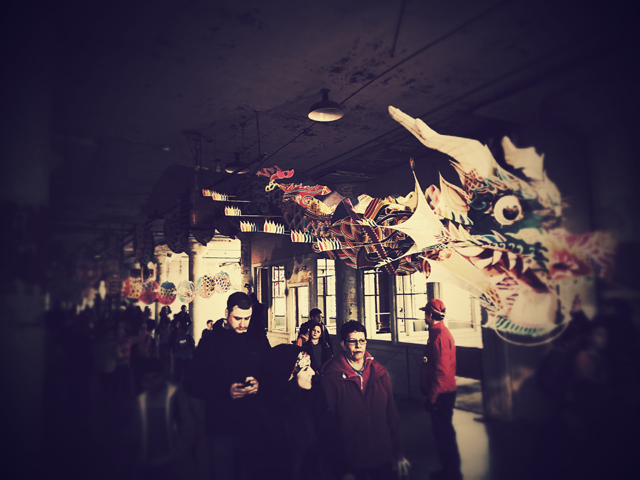
This means we got to see more on this trip than most visitors usually get to take in.
An audio tour is available once you enter the main prison building: a recorder is handed to you free of charge, with headphones. Sadly, this means people walk about following the recording’s directions, sometimes stopping abruptly in groups, by this cell, or that, blocking doors and hallways.
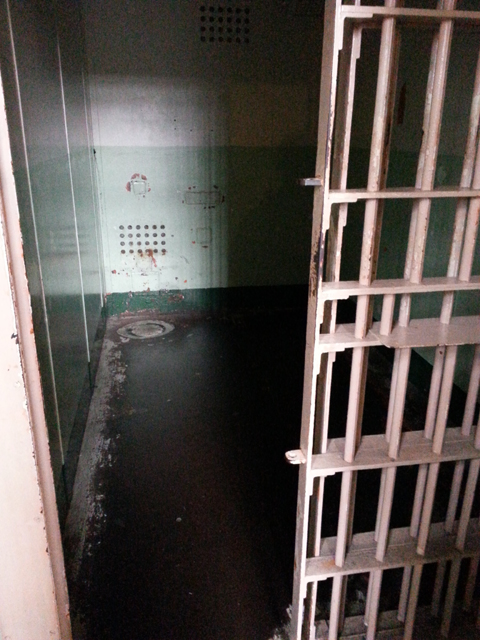
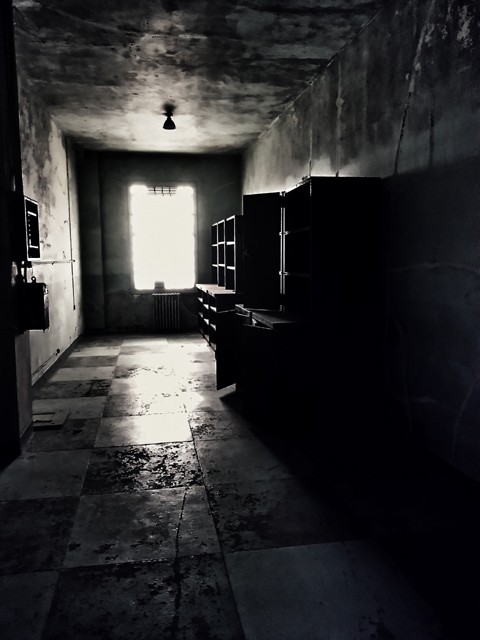
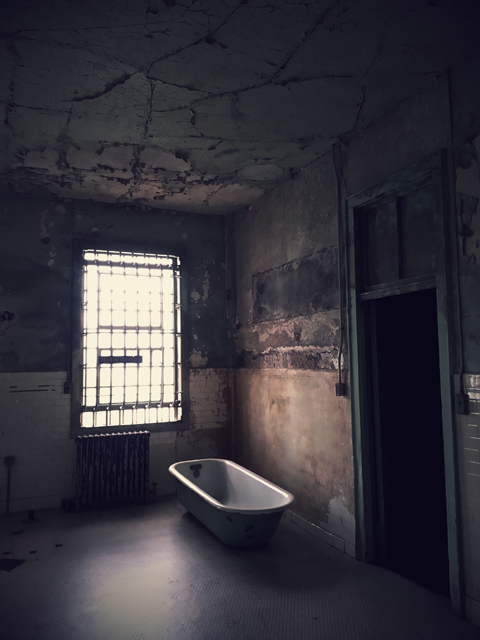
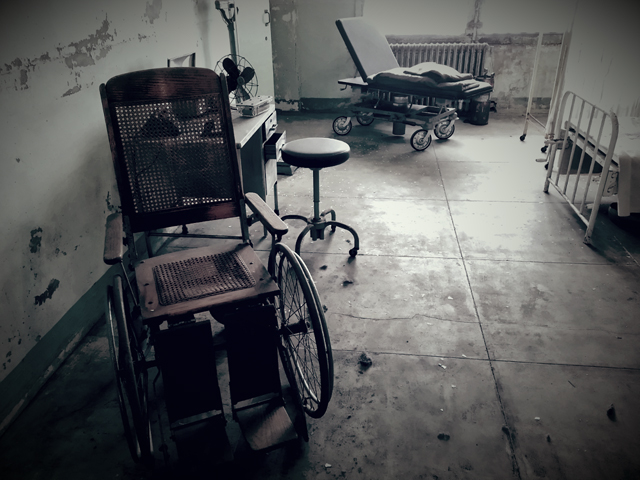
At some point in the near future, we will return to the Island, this time for a night tour of Alcatraz, in hopes to experience and capture something different.
Meanwhile we hope you enjoy these images…
The Prison. We didn’t take as many pics inside the prison as it was so awfully crowded.
@Large, is the name of the Weiwei exhibition. The link will take you the website with great descriptions and meanings of the various exhibits.
@Large turns Alcatraz into a space for dialogue about how we define liberty and justice, individual rights and personal responsibility. In artworks that balance political impact with aesthetic grace, the exhibition directly and imaginatively addresses the situation of people around the world who have been deprived of their freedom for speaking out about their beliefs — people like Ai himself.
These are the photos taken everywhere else on the island. The gardens have been lovingly restored by scores of volunteers. The bulk of the garden photos are from the prisoner’s garden adjacent to the exercise yard.
